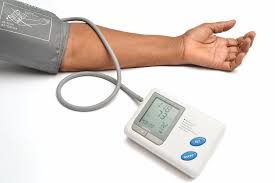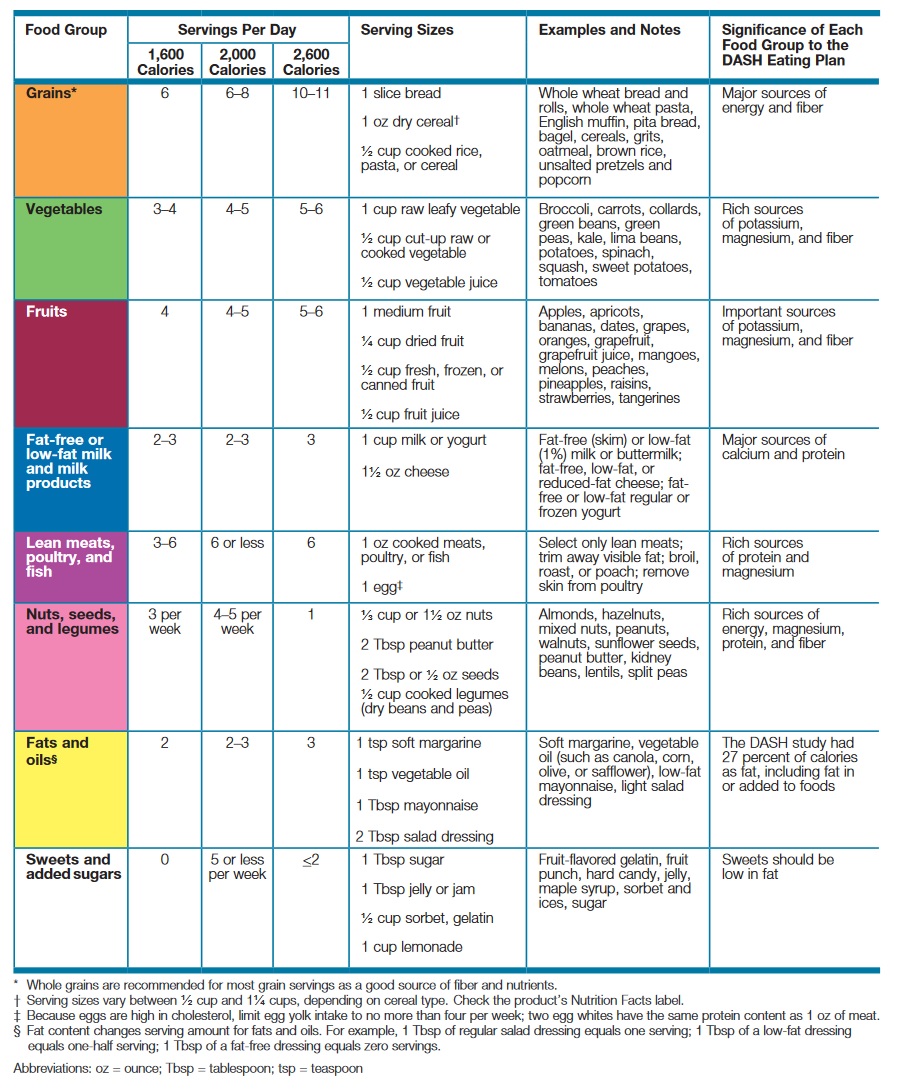The DASH Diet. By Our January Student Pharmacist, Brayson Ramirez.
At this point, we are a little bit more than a week into 2019. Many people have made New Year’s resolutions and a large chunk of them most likely want to lose some unwanted weight. Weight loss is not a bad idea, but a lot of people do not know how to do it in a healthy way. Some believe eating less is the way to lose weight, but that can be unhealthy and even dangerous.
The best way to lose weight is through diet and exercise, but also keeping in mind what is reasonable and what one is individually capable of doing. Some progress is better than no progress. Some diet changes may show change, but some may just lead to a happier, healthier life.
I recommend focusing on the happier, healthier life and the rest will come with time.
The first place to start a dietary change would be with the DASH diet. This diet has been proven through multiple scientific studies to help lower or prevent high blood pressure and can also help with weight loss and diabetes. The focus of this diet is on foods that have always been considered healthy, such as fruits, vegetables, fish, poultry, and nuts. The DASH diet also tries to keep sodium, sweets, added sugars, and fats in moderation. By adjusting the serving sizes of each group, more nutrients can be ingested while limiting the harmful saturated fats, trans fats, and cholesterol.
To figure out your diet, all you do is check your daily calorie needs for your age and level of activity. Age, is of course self-explanatory, but activity level can be tricky. The DASH diet divides activity level into sedentary, moderately active, and active. Sedentary is only completing your activities to get through the day. Moderately active is walking 1-3 miles a day at a low speed. Active is considered walking more than 3 miles per day and some light physical activity. Females have lower calorie needs on average, as seen in this chart provided by the National Heart, Lung, and Blood Institute (NHLBI).
Making this change in diet too quickly can lead to some diarrhea and other uncomfortable problems due to the increase in fiber. Slowly adding a serving or two of vegetables, grains, or fruits each week to transition to the DASH diet can help limit digestive issues and make the change as comfortable as possible.
The hardest part to follow in the DASH diet is knowing the servings needed of each group and what counts as a serving. This is where the diet gets tricky. The NHLBI has a great chart that breaks everything down as shown here.
My advice on this concept is to check out the food groups listed and just try to stay around the top. Maybe try a couple of the meal ideas pre-made on the site or create your own with the recommended food groups. See if there are any meals you enjoy; if you do, start introducing one or two of them every week.
Hopefully, you could get to the point of an all DASH diet approved meal plan, but if you are at least choosing the healthier of two options then that is some important progress. Remember, some progress is better than none and if you are living a happier, healthier life that is most important.
For all my reference material and more information on the DASH diet. And for various resources to use in any dietary adjustments please visit https://www.nhlbi.nih.gov/files/docs/public/heart/dash_brief.pdf




